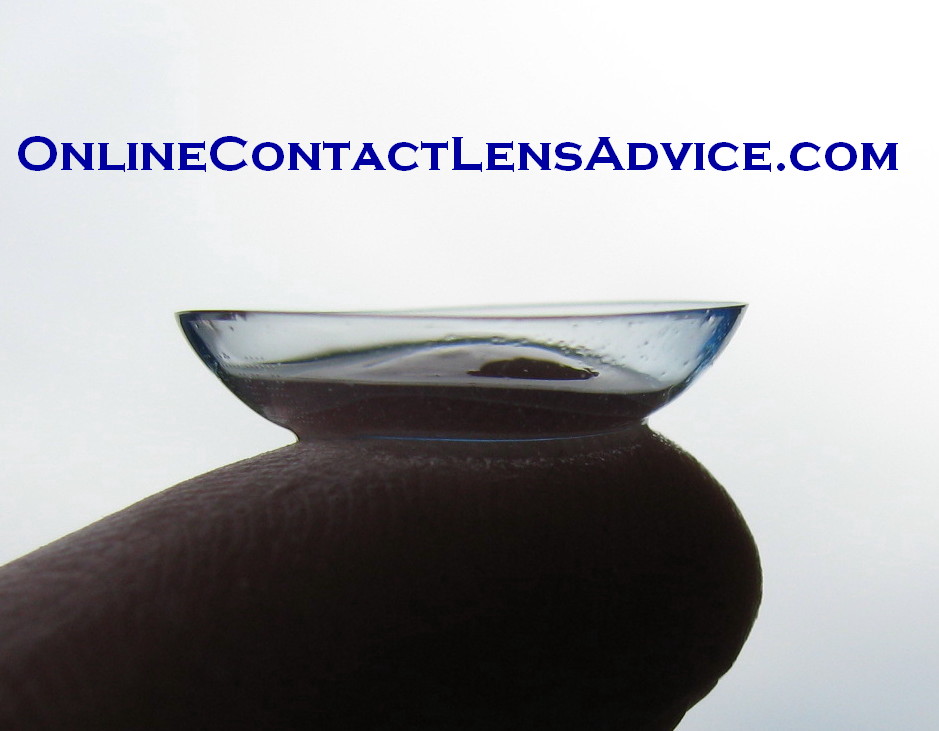- Home
- Contact Lens Types
- Oxygen Permeable Lenses
What Are Oxygen Permeable Lenses and
Why Do We Need them?
Contact lenses can give us freedom from glasses, and great vision. The biggest problem with contacts is that they can interfere with the health of the eye, by reducing the amount of oxygen that is absorbed by the cornea (the clear window in front of the eye, where a contact lens is placed).
Eyes need to breathe, just like any other organ, similar to how skin needs to breathe to be healthy. When a contact lens is placed on the eye, it cuts down the amount of oxygen that is transmitted. As long as it is done gradually, and with healthy lenses, most people do not experience any adverse reactions. However, hypoxia, which is when the cornea is oxygen deprived, is one of the most common problems of contact lens wear.
A Solution That Lets Eyes Breathe
Oxygen permeable lenses are a very good solution to this problem. In recent years, silicone hydrogel contact lenses have become very popular, and for good reason:
- they are prevalent in disposable lenses, and easy to get
- many are quite inexpensive
- they transmit oxygen up to 5 times better than conventional lenses
- most people find them comfortable and easy to handle
- few people have adverse reactions
Silicone Hydrogel Contact Lenses
Silicone hydrogel contact lenses are the most prescribed contact lenses in recent years. The rate of oxygen to the eye, leading to greater eye health and comfort, is the biggest reason. These lenses allow people to:
- wear contact lenses longer throughout the day
- have less redness
- increase eye health
Why wouldn't someone wear silicone lenses?
- a small percentage of people are sensitive to silicone
- more expensive
- some people experience a decrease in vision clarity
Other Oxygen Permeable Lenses
Rigid gas permeable (RGP) contact lenses are also oxygen permeable. Silicone lenses are the first soft lenses to compete with RGPs as far as oxygen transmissibility goes. Unfortunately, RGP's have more drawbacks than silicone lenses.
Some examples:
- poor comfort
- takes longer to get used to lenses
- less people fit them, so more difficult to get
- not as easy to order online, if at all
They do have some benefits though:
- crisper vision for some people, such as those with astigmatism
- less expensive
- last longer, and still have good oxygen transmission
Oxygen permeable contact lenses are a very important feature for anyone who wants to wear contacts a majority of the time. They greatly increase health and comfort, and make lens wear easier and more convenient.
Examples of Silicone Hydrogel Contact Lenses
Some examples of oxygen permeable contact lenses made from silicone hydrogel are:
- Air Optix Night & Day (made by Alcon)
- Acuvue Oasys (made by Johnson & Johnson)
- Biofinity (made by Coopervision)
- PureVision2 (made by Bausch & Lomb)
Return to Contact Lens Types from Oxygen Permeable Lenses
Search this site:

New! Comments
Have your say about what you just read! Leave me a comment in the box below.